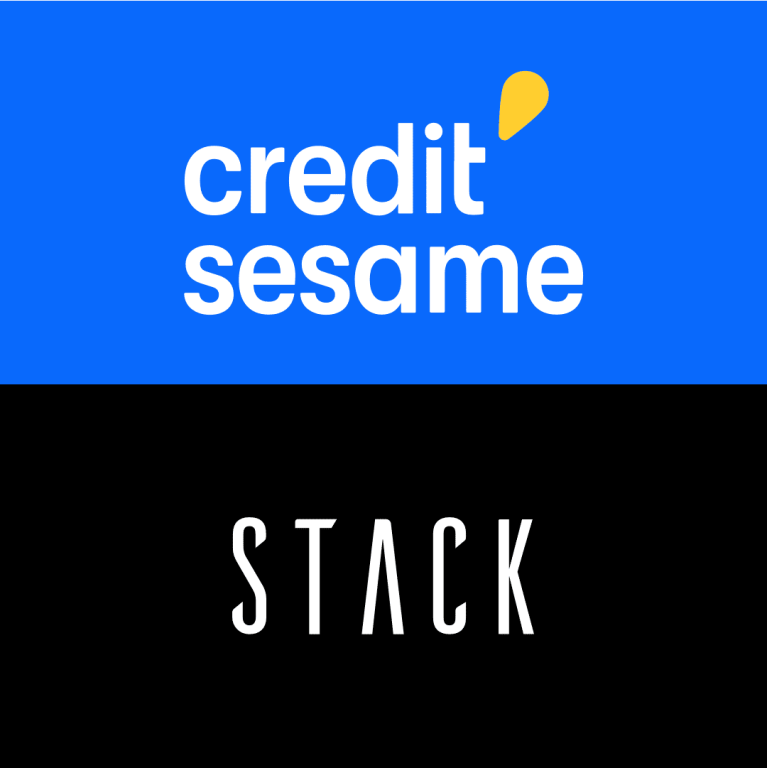
The challenger bank space is having a bit of a moment.
LendingClub is buying Radius Bank. Green Dot is using the bank it already owns to build a bank for the masses. Affirm has added high-yield savings accounts to its alternative credit platform. Goldman’s Marcus had to turn away new customers in the U.K., it says, because it was approaching “ring fencing” thresholds.
Now, in a cross-border bid, Credit Sesame announced Tuesday (June 16) that it has acquired Canadian challenger bank STACK — a move that boosts Credit Sesame’s international presence.
In an interview with Karen Webster, Adrian Nazari, CEO of Credit Sesame, and Miro Pavletic, CEO of STACK, said the deal — of which financial terms were not disclosed — is based on the integration of smart banking underpinned with advanced technologies and credit management to create a financially strong consumer and savvy user of credit.
Credit Sesame will integrate its credit management services with STACK’s no-fee digital account offerings (via Sesame Cash) across Canada.
The two companies had already been in partnership last year, and Credit Sesame had brought Sesame Cash into general availability in May, with 200,000 users signed up that month.
The firms said this week that later this year, Credit Sesame’s services will be integrated with STACK’s offerings in Canada.
The deal, said Nazari, offers a bit of a twist in a rapidly evolving space.
As he told Webster: “Most challenger banks have taken what traditional banks have been offering — bringing it online and making it more user friendly. But for the most part, these are the same types of services that are being offered by traditional banking.”
That means, more or less, creating and offering a digital place for consumers to park money and pay bills.
Nazari said the approach that Credit Sesame will take, leveraging the Sesame Cash App will help consumers use funds in their bank accounts to make smarter decisions about how to manage it, with the impact to their credit and their credit score a key focus.
Cash can be a useful lever in boosting credit scores — if used strategically to manage debt while making sure that bills, such as utilities and other liabilities, are taken care of. With a nod toward the importance of cash, he said “we know that the relationship between how much cash you have and how you use your cash has a big impact on credit and overall financial health.”
He said that Credit Sesame’s artificial intelligence (AI)-driven credit management takes into account individuals’ cash flow and liabilities and spotlights how to triage bill payments in a way that improves credit scores while improving budgeting.
Nazari said the company helps guide users toward actions that can boost their credit scores — such as paying down balances across staggered payments tied to their twice-monthly paychecks rather than just making monthly payments on their credit cards.
“Once your credit score improves, you get access to capital loans at a lower rate, which then frees up more cash [over time],” Nazari said.
As Nazari said: “Every month, they have to make decisions about how much credit to use and how much cash to use.”
The current pandemic and economic volatility will only sharpen the focus on improving credit profiles and financial wellness. The stage is set for taking stock of financial health. As PYMNTS found earlier this year, six out of 10 individuals live paycheck to paycheck.
Single Point Of Contact
The joint efforts of Credit Sesame (with 16 million registered members) and STACK will combine credit management and digital banking — with digital wallets — across a single platform.
The holistic view of financial management — and financial wellness — is increasingly important as a significant percentage of consumers have relatively limited visibility into their finances.
Nazari pointed to the appeal of offering a broad palette of financial management tools in one place. He cited surveys of Credit Sesame customers that showed that 39 percent of individuals would be interested in digital banking.
Yet when asked about digital banking combined with offerings that improve credit, that percentage of “interested” individuals leaped to 62 percent.
In the discussion of digital banking strategies, STACK’s Pavletic said the firm had been rooted in digital offerings of traditional financial services like debit cards that might be likened to utilities — but “layering on” loyalty and rewards programs.
He said that the company had also been white labeling its offerings to large credit union (CU) service providers in Canada (across more than 120 CUs) onboarding more than 4 million customers.
With Sesame Cash, he said “we’re making a direct connection between your day-to-day banking and your credit score and your credit products to show you how they’re related. So, if you pay your bill on time, you see automatically that your credit score increases when you pay your monthly subscription on time.”
Rewards accrue as credit scores improve, he said.
Asked by Webster whether the combined Sesame Credit/STACK platform would be viewed as a primary bank for consumers (ie. where they deposit their paychecks and conduct daily financial life), Pavletic and Nazari noted that as it stands now, elsewhere, consumers are forced to embrace multiple products to understand their finances.
“They don’t necessarily have a single destination,” said Pavletic. “They have one app for their core banking, and another to help them with their savings. It can be confusing for the customer.”
The platform model, with a broad array of offerings, is inherently more attractive, too, said Pavletic and Nazari, as it is based on several revenue streams rather than relying on interchange fees. Credit Sesame’s digital banking service will also let the company offer personalized credit products to its consumers from a range of issuers — in essence acting as a partner to those issuers rather than a competitor.
Said Nazari: “We’re closing the gap between cash and credit. We are helping consumers’ cash work for their credit and credit work for their cash.”